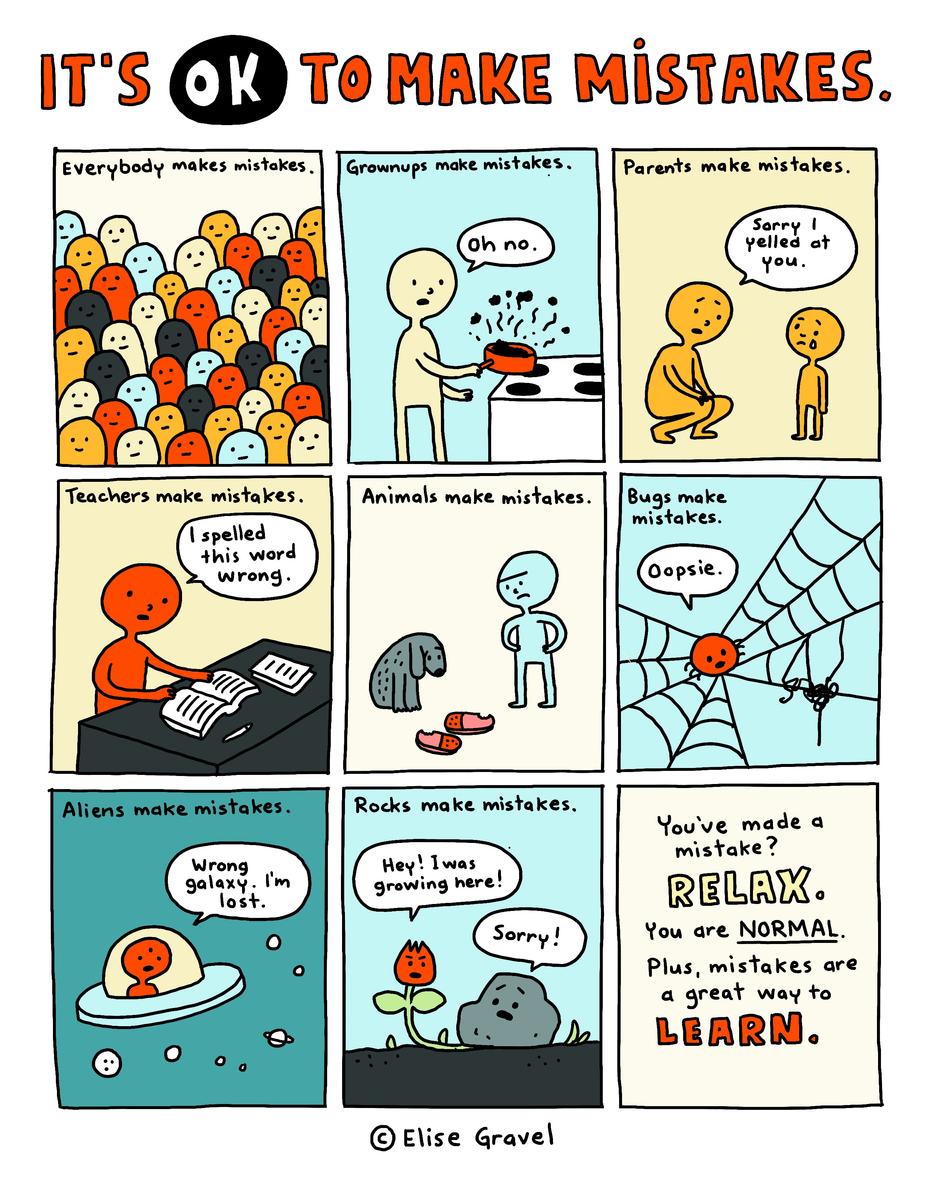Chaplain's Chat

Hi everyone,
We all make mistakes sometimes, and many kids feel pressure to be perfect. Whether it involves homework, friendships or sport, making mistakes is a big part of learning.
Learning from these mistakes is a part of how we challenge and motivate ourselves to learn to do things differently. Its important to reframe the idea of mistakes as opportunities to from which we can learn.
So what can you do when your child makes a mistake? We want to teach our children to self-regulate, so that they can take a moment, move past their poor choice, and act on the appropriate reaction. And, one of the easiest ways we can begin to teach this is by calmly saying two simple words when they’ve messed up: “Try again.” Giving kids a second chance is an easy way to help them learn to make good choices, to slow down and think before they act.
Rather than carrying out our knee-jerk reaction to scold or shame children when they’ve made a mistake, we can help by allowing them to rewind and rewrite the story. “Try again, buddy!” Eventually, with time and patience, you won’t need to give them a second chance because they’ll make better choices in the first place.
Parents can encourage this rewriting of the story by demonstrating it in their own lives. One way to do this is to talk opening about our own mistakes and how we are fixing them. This can be difficult but doing it regularly teaches children that mistakes are something to learn from rather than hide.
So when a child makes a mistake, instead of asking ‘why did you do that’ and placing blame you can try some different strategies.
- Describe the problem: Emphasize there is a problem to be fixed, without placing blame. Ask instead how we can fix it together
- Empathize with the child’s feelings: Kids need to feel understood, when they feel like an adult understands them they are more likely to take responsibility.
- Express feelings without blame: When expressing feelings, start a sentence with how you’re feeling and what you need without using the word ‘you’ and blaming.
An example of this sort of communication is “We have a problem because there is a mess on the floor and it makes me feel upset because I get frustrated when I’m left to clean up a mess I didn’t make. I would like this room to be tidy when you’re done playing with your toys. How can we make this situation better?”
When the problem is solved use the magic words!
“We made a mistake this time, but next time lets try again and do this better!”

